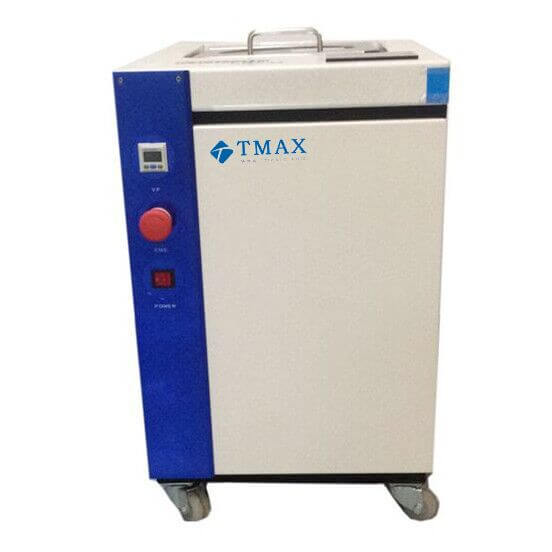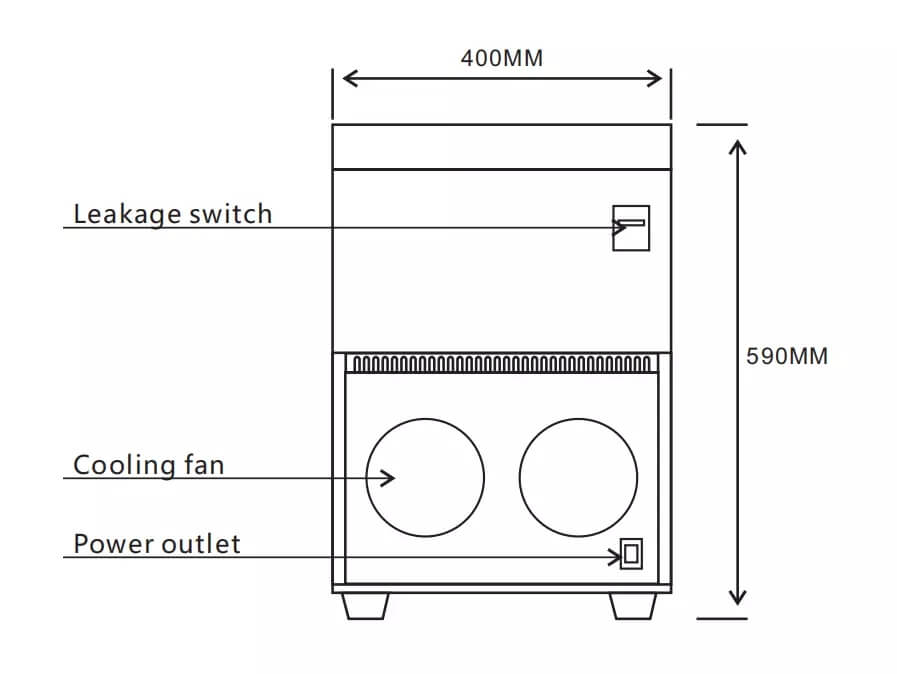A planetary centrifugal machine, also known as a centrifuge, is a device used for separating components of a mixture based on their densities. It operates on the principle of centrifugal force, which causes denser particles to move outward faster than lighter ones when spun rapidly in a circular motion.
Here's how a typical planetary degassing mixer works:
Rotor Assembly: The centrifuge consists of a rotor assembly which spins at high speeds. The rotor may have various configurations depending on the specific application.
Sample Containers: Samples are placed in containers, often called centrifuge tubes or centrifuge buckets, which are loaded into the rotor.
Spinning: When the centrifuge is activated, the rotor spins rapidly, creating a centrifugal force that pulls the samples outward from the center.
Separation: The denser components of the sample move outward more quickly, while the lighter components remain closer to the center. This separation occurs due to the difference in centrifugal forces experienced by particles of varying densities.
Collection: Once the centrifugation process is complete, the separated components can be collected from the centrifuge tubes or buckets. The denser components will typically settle at the bottom of the container.
Planetary centrifugal machines are used in various scientific and industrial applications, including:
Biochemistry and Molecular Biology: Separation of biomolecules such as DNA, RNA, proteins, and organelles.
Chemistry: Purification of chemicals, separation of mixtures, and isolation of compounds.
Pharmaceuticals: Separation and purification of pharmaceutical products.
Environmental Science: Analysis of pollutants in water and soil samples.
Food Industry: Separation and clarification of liquids, such as fruit juices.
Clinical Diagnostics: Separation of blood components for medical testing.
These machines come in different sizes and configurations to accommodate various sample volumes and types. Some centrifuges are equipped with temperature control and other advanced features to meet specific research or industrial requirements.





 Subscribe to us
Subscribe to us ONLINE
ONLINE Louis@lithmachine.com
Louis@lithmachine.com +0086 15959378975
+0086 15959378975